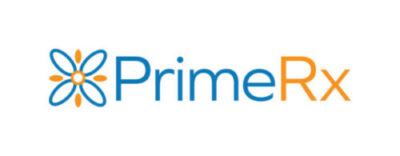
Pharmacists continually navigate a sea of compliance requirements in today’s ever-evolving regulatory landscape. From HIPAA to DSCSA, regulations are in place to ensure patient safety and data protection, but they can sometimes feel like obstacles to efficiency. The challenge for many pharmacies lies in balancing these essential compliance demands without compromising on the speed and quality of patient care.
But when do compliance efforts begin to hinder efficiency? And more importantly, how can pharmacies avoid this?
The Compliance Burden
Compliance in the pharmaceutical sector, especially for pharmacies, is becoming more complex with evolving regulations like HIPAA and DSCSA. These regulations ensure patient safety and data protection but often impose a significant operational burden, which can negatively impact efficiency. According to industry surveys, over 45% of compliance professionals struggle to monitor the cost of compliance within their organizations. The regulatory workload is increasing, and many pharmacies are feeling the pressure of managing these demands with limited resources (NimbleRx)(Thomson Reuters: Clarifying the complex).
Many pharmacists find themselves caught between meeting these legal and regulatory body requirements and managing the day-to-day operations of a fast-paced pharmacy. The unintended consequence? Longer waiting times for patients, potential burnout for staff, and ultimately, an impact on the overall efficiency of the pharmacy.
The Power of Smart Technology
However, technology is helping to bridge the gap. The key to balancing compliance and efficiency lies in leveraging smart technology that can automate repetitive tasks, streamline workflows, and ensure compliance without adding a constant manual burden.
- Automation Tools: By automating routine tasks—such as medication dispensing, inventory management, and documentation—pharmacies can reduce the risk of human error while speeding up processes. For example, integrating automated validation and real-time tracking can ensure that pharmacies stay compliant with DSCSA, which will require stringent compliance by November 2023 (TraceLink). Automation also helps pharmacists focus on higher-value tasks like patient consultations and clinical decision-making.
- Workflow Optimization: Smart software can simplify and standardize workflows, ensuring compliance is maintained at every step. For example, digital platforms can track regulatory updates, flag potential compliance issues, and generate reports in real-time, reducing the need for manual record-keeping.
- Integrated Compliance Features: Modern pharmacy management software often includes built-in compliance checks, ensuring that every transaction, prescription, and patient interaction aligns with regulatory compliance. This not only improves efficiency but also provides peace of mind knowing that compliance is never compromised.
The Power of Smart Technology
Ultimately, the key to balancing compliance and efficiency lies in adopting smart technology that automates repetitive tasks and streamlines workflows, reducing the manual burden and allowing pharmacists to maintain high-quality patient care. The increasing role of compliance automation has been shown to reduce operational strain (PwC).
So, how are you balancing compliance and operational efficiency in your pharmacy?
By investing in the right technology and embracing automation, pharmacies can enhance operational efficiency while remaining fully compliant. The ultimate goal is to find a harmonious balance—where compliance supports rather than hinders operations, and patient care remains at the heart of every action.
Are You Ready for a New Era in Pharmacy Management? Discover how PrimeRx Enterprise’s innovative, pharmacy software can help your pharmacy practice stay compliant while improving workflow efficiency. Visit PrimeRx to learn more.
For more insights, check out resources on compliance automation in pharmacy from NimbleRx and PwC’s Future of Compliance report.

